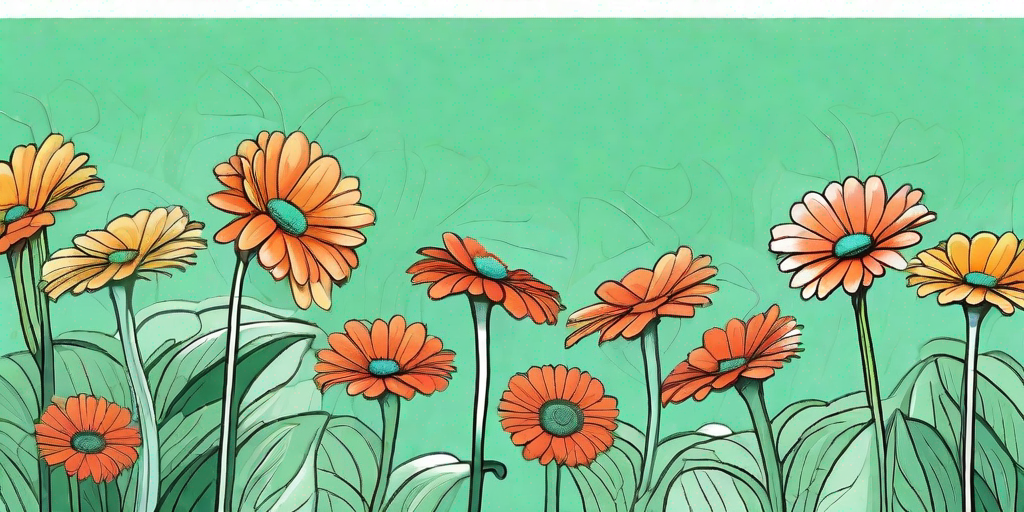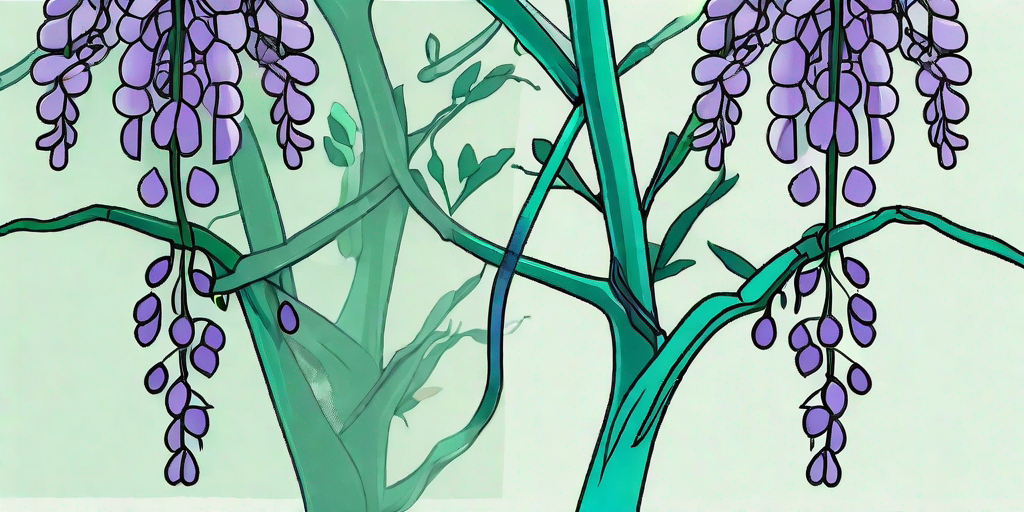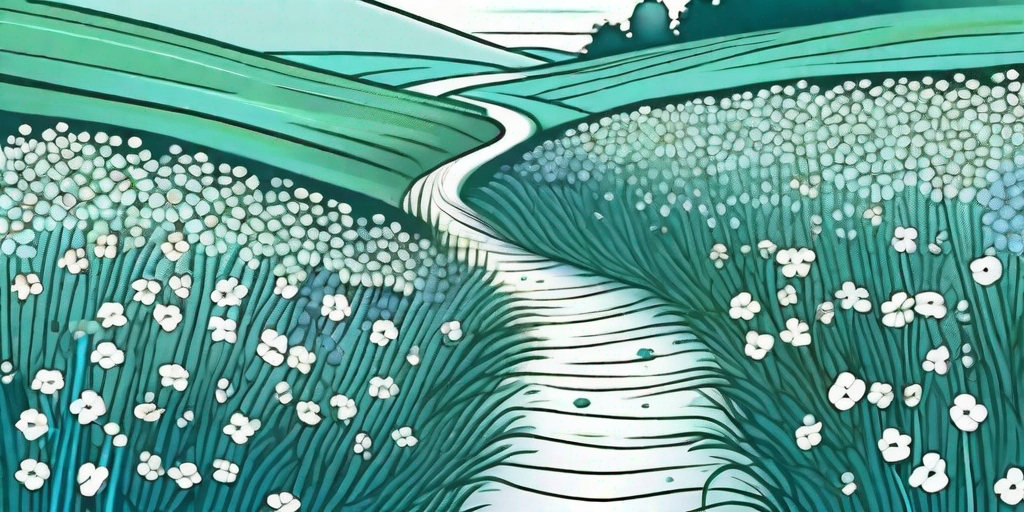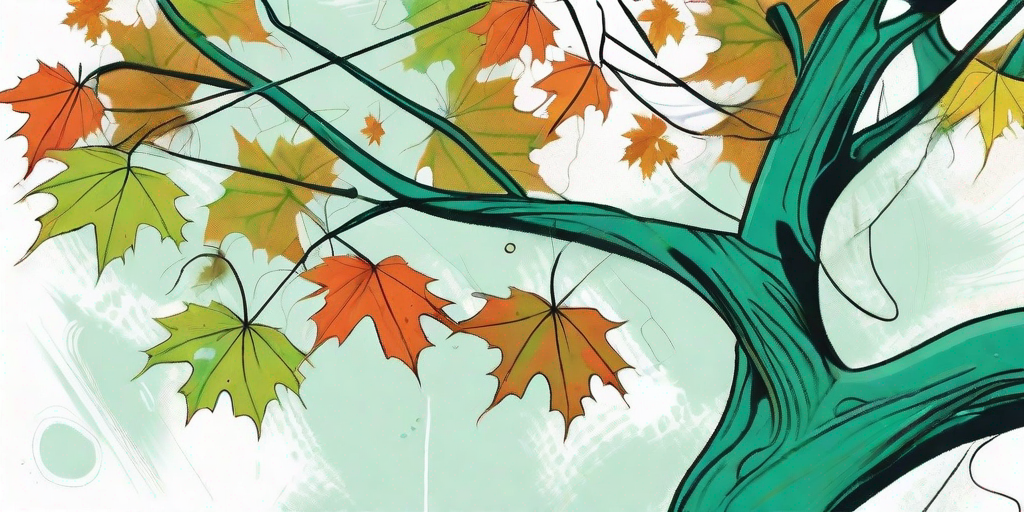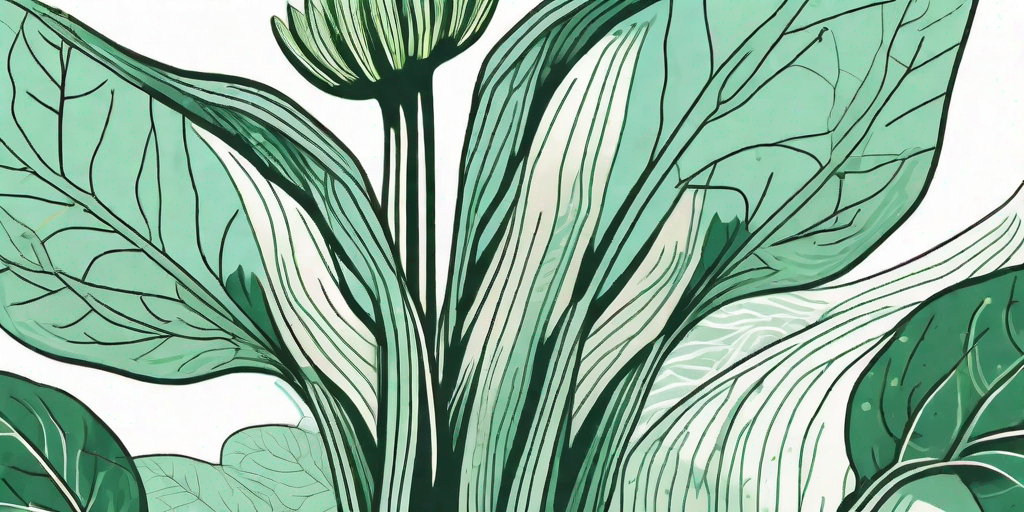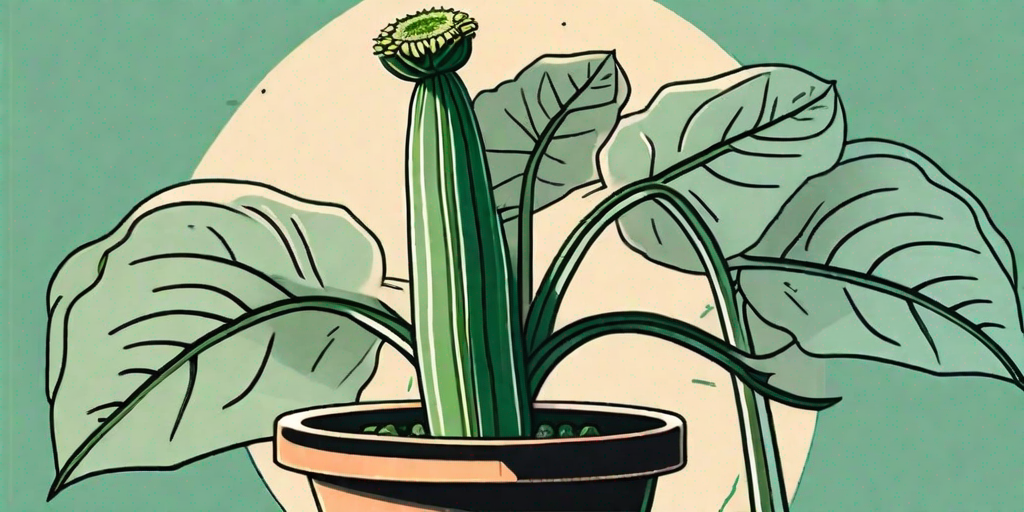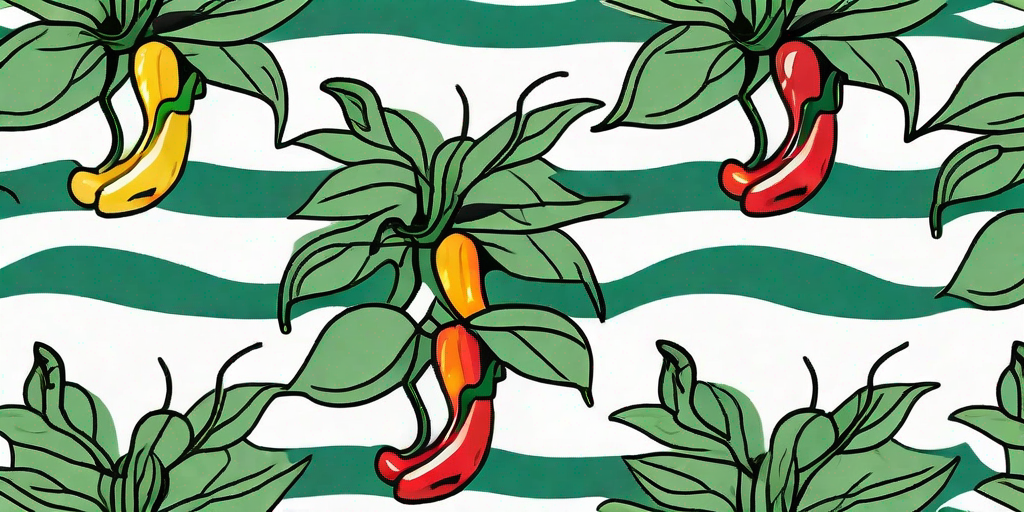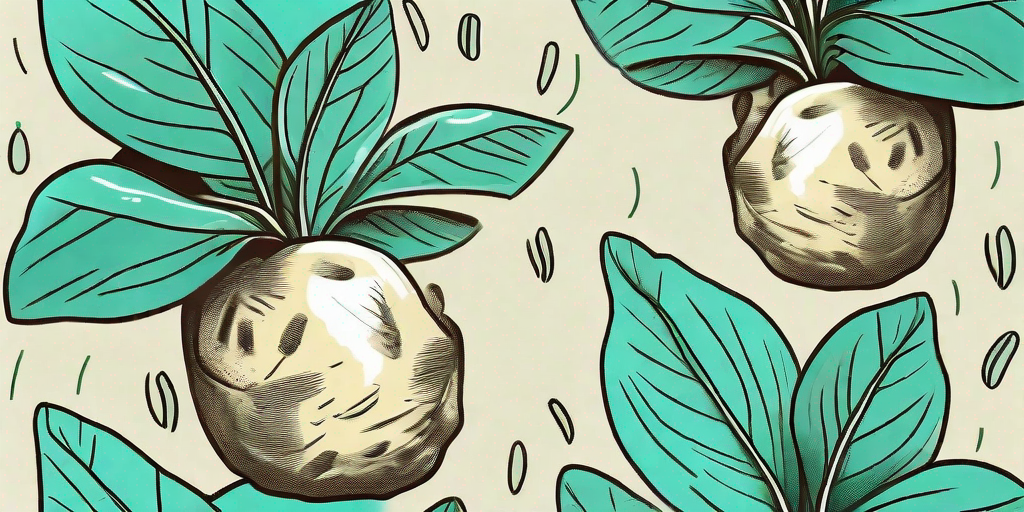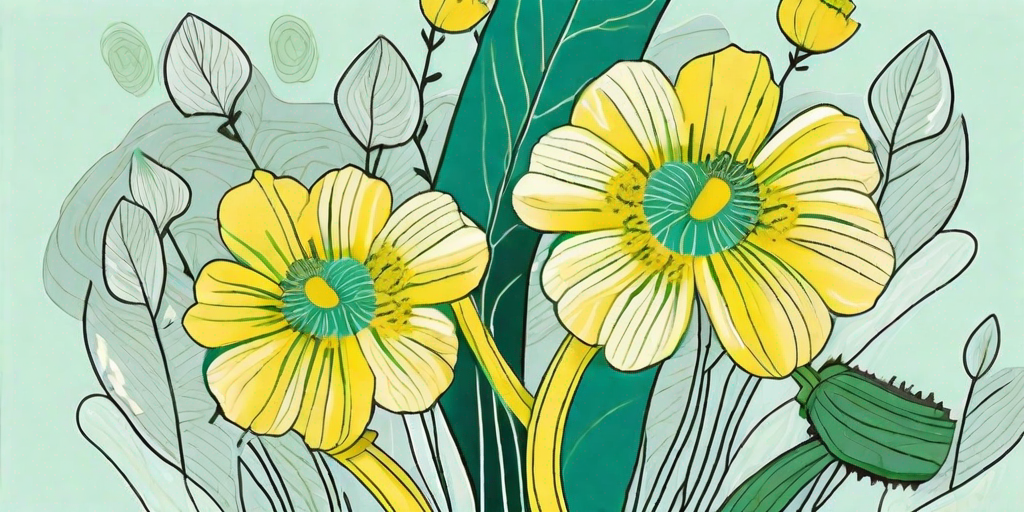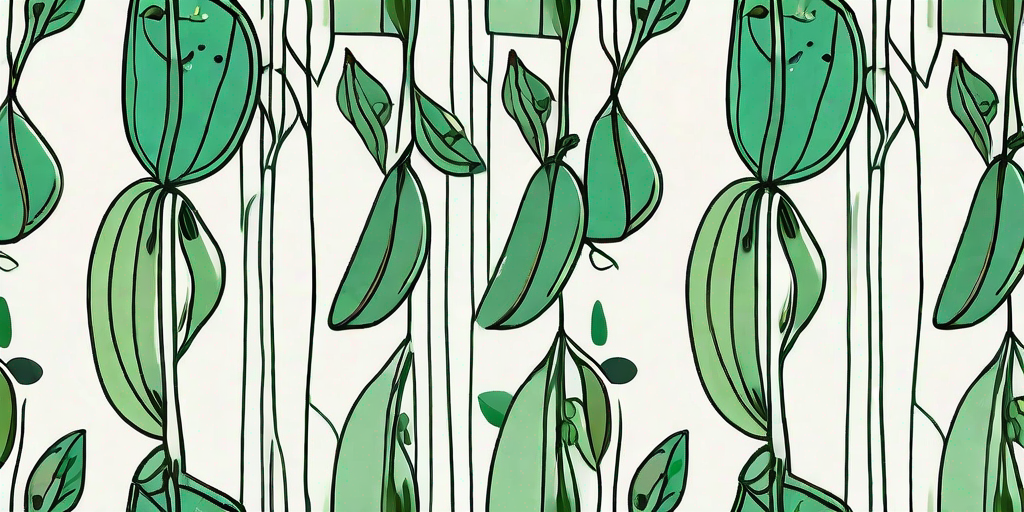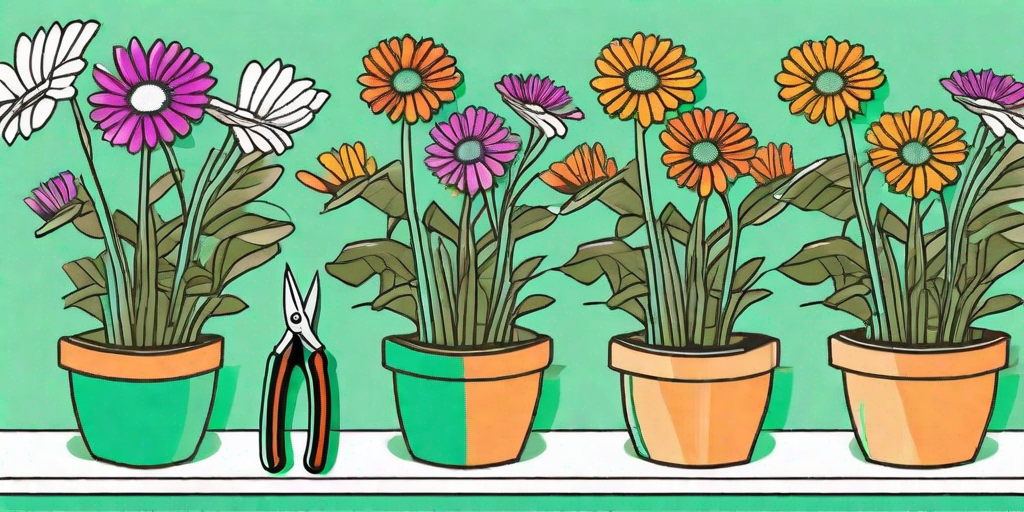
If you're looking to add a splash of color to your garden, or simply want to brighten up your living space, Gerbera Daisies are your go-to flower. Known for their vibrant hues and cheerful disposition, these blooms are sure to put a smile on your face. But how do you grow and care for these colorful beauties? Well, buckle up, because we're about to embark on a botanical journey!
The Basics of Gerbera Daisies
Gerbera Daisies, also known as Gerber Daisies or Transvaal Daisies, are native to South Africa. They're part of the Asteraceae family, which makes them distant cousins of sunflowers and asters. These perennials are known for their large, colorful blooms that come in a variety of shades, including yellow, orange, pink, red, and white. They're not just pretty faces, though. These flowers are also known for their hardiness and resilience.
Gerbera Daisies can grow up to 18 inches tall, with a spread of about 12 inches. They prefer full sun and well-drained soil. While they can tolerate a bit of shade, too much can lead to fewer blooms and a higher risk of disease. So, if you're planning to grow these beauties, make sure they get plenty of sunshine!
Choosing the Right Variety
There are over 30 species of Gerbera Daisies, each with its own unique characteristics. Some varieties produce single blooms, while others produce double or semi-double blooms. The size of the flowers can also vary, with some varieties producing blooms that are up to 5 inches in diameter.
When choosing a variety, consider the climate and conditions of your garden. Some varieties are more heat-tolerant, while others can handle cooler temperatures. If you're growing them indoors, consider the amount of sunlight your space receives. Some varieties are more shade-tolerant, while others require full sun.
How to Grow Gerbera Daisies
Now that we've covered the basics, let's dive into the nitty-gritty of growing Gerbera Daisies. Don't worry, it's not as complicated as it sounds. In fact, with a bit of patience and care, you'll have a garden full of vibrant blooms in no time!
From Seeds
Gerbera Daisies can be grown from seeds, which can be purchased online or at your local garden center. To start, fill a seed tray with a good quality seed compost and sprinkle the seeds on top. Cover them lightly with compost, water well, and place the tray in a warm, well-lit area. Germination usually takes about 2 weeks.
Once the seedlings are large enough to handle, transplant them into individual pots. When all risk of frost has passed, you can plant them out in the garden. Remember to space them about 12 inches apart to allow for growth.
From Division
Another way to propagate Gerbera Daisies is through division. This involves splitting a mature plant into several smaller ones. To do this, carefully dig up the plant, making sure to keep as much of the root system intact as possible. Then, using a sharp knife, divide the plant into several sections, each with at least one shoot and a good amount of roots.
Plant each section in a pot filled with well-draining compost, and water well. Once the plants have established, they can be planted out in the garden.
Caring for Gerbera Daisies
Gerbera Daisies are relatively low-maintenance, but there are a few things you need to keep in mind to ensure they thrive.
Watering
These flowers prefer evenly moist soil, but be careful not to overwater. Too much water can lead to root rot, which is a common problem with these plants. A good rule of thumb is to water when the top inch of soil feels dry to the touch. Also, try to water at the base of the plant to avoid getting the leaves wet, as this can lead to disease.
Feeding
Gerbera Daisies are heavy feeders, so they'll benefit from regular feeding. Use a balanced, slow-release fertilizer, and follow the package instructions for application rates. Feeding should be done in the spring and summer, when the plants are actively growing.
Pruning
Pruning is not necessary for Gerbera Daisies, but it can help to encourage more blooms. Simply remove spent flowers to encourage the plant to produce more. Also, if the plant becomes too dense, you can thin it out by removing some of the older leaves.
Frequently Asked Questions
Why are my Gerbera Daisies not blooming?
There could be several reasons for this. It could be due to insufficient sunlight, overwatering, or poor soil conditions. Make sure your plants are getting at least 6 hours of sunlight a day, and that the soil is well-draining. Also, consider feeding your plants with a high-phosphorus fertilizer to encourage blooming.
Can I grow Gerbera Daisies indoors?
Absolutely! Gerbera Daisies make great houseplants. They prefer bright, indirect light, so a south or west-facing window is ideal. Just make sure to keep them away from drafts and heating vents, as they prefer a stable environment.
Are Gerbera Daisies perennials?
Yes, Gerbera Daisies are perennials. This means they can live for several years, producing blooms year after year. However, in colder climates, they are often grown as annuals.
So there you have it, a comprehensive guide to growing and caring for Gerbera Daisies. With their vibrant colors and cheerful disposition, these flowers are sure to add a touch of joy to your garden or home. So why wait? Start growing your own Gerbera Daisies today!



